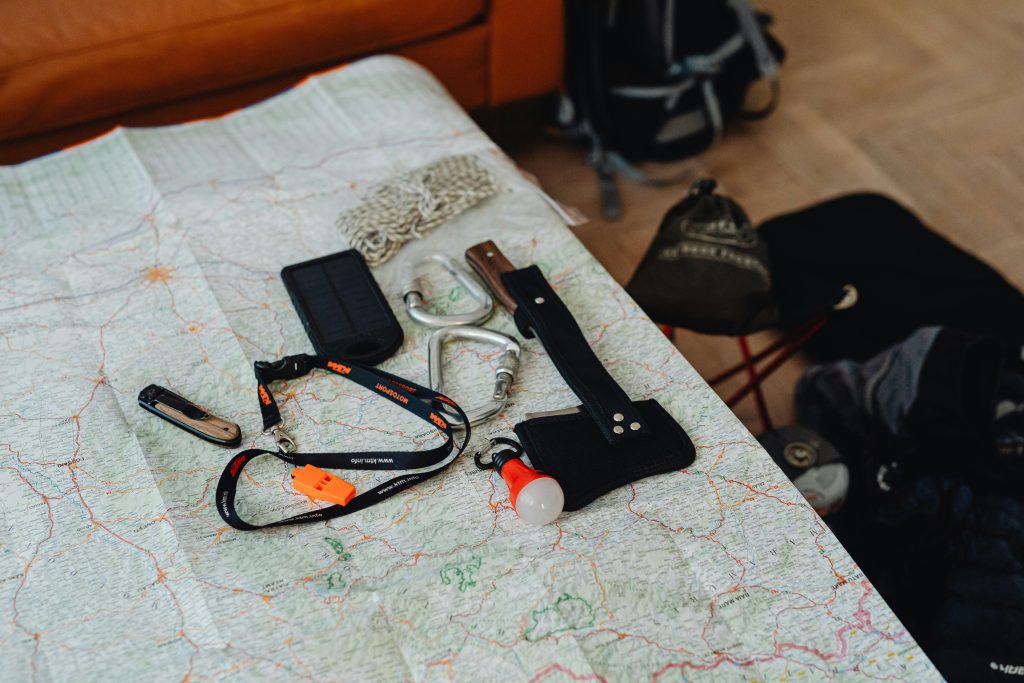Ever tried to gauge your elevation during a hike only to find yourself guessing whether you’re at 5,000 feet or just really out of breath? Yeah, we’ve all been there. But here’s the kicker: the right watch altimeter can be your trailside co-pilot, and mastering its use is simpler than you think.
In this guide, we’ll break down everything from how watch altimeters work to actionable altitude tracking tips that make your outdoor pursuits smarter, safer, and more fun. Spoiler alert: it’s not rocket science—but it does feel like having superpowers. Ready? Let’s dive in!
Table of Contents
- Key Takeaways
- Why Altitude Tracking Matters
- Step-by-Step Guide to Using Your Watch Altimeter
- Altitude Tracking Tips You Can’t Ignore
- Real-World Success Stories
- FAQs About Watch Altimeters
- Conclusion
Key Takeaways
- Watch altimeters are essential tools for hikers, climbers, and adventurers who need real-time data on elevation changes.
- Understanding calibration techniques is key to accurate altitude readings.
- Investing in a high-quality device ensures reliable performance in challenging environments.
Why Altitude Tracking Matters

Picture this: you’re scaling a steep mountain trail when suddenly fog rolls in, obscuring visibility. A watch altimeter doesn’t just tell you how high up you are—it helps prevent getting lost by providing an objective sense of direction based on elevation gain or loss.
And let’s not forget personal safety. I once went hiking without paying attention to my altitude change rate—big mistake. Halfway up, I realized I hadn’t acclimated properly and ended up feeling dizzy and disoriented. Rookie move, I know. Now? My watch altimeter has become as vital as my water bottle.
Plus, if you’re into competitive mountaineering or endurance sports, understanding your progress via precise altitude metrics adds a layer of gamification (“Ugh, am I still below 8,000 feet?”).
Step-by-Step Guide to Using Your Watch Altimeter

What Exactly Is Calibration, Anyway?
Optimist You: “Oh, setting up an altimeter must be easy!”
Grumpy Me: “Not unless you want to summit the wrong peak.” Calibrating your watch altimeter is crucial because barometric pressure fluctuations can mess with accuracy.
- Check Your Starting Point: Use a known reference point like a marked trailhead signpost or download elevation info beforehand.
- Manual Calibration: Input the current sea-level pressure or local weather station data.
- Auto-Calibration: Many modern watches sync with GPS signals or nearby Wi-Fi networks to self-adjust.
Troubleshooting Madness
Say your altimeter shows wildly inaccurate numbers mid-hike. What gives? This is often due to changing weather conditions screwing with atmospheric pressure. Solution? Re-calibrate regularly—or bring along a backup device like a handheld GPS unit.
Altitude Tracking Tips You Can’t Ignore
![]()
- Carry a Backup Plan: No matter how much you trust technology, redundancy saves lives. Always have a paper map or compass handy.
- Monitor Weather Conditions: Sudden storms? Pressure dips? These will affect your reading. Keep tabs on forecasts before and during your trip.
- Avoid Magnetic Interference: Watches with digital compasses hate being near metal objects. Store your gear safely.
- Know Your Device’s Limits: Some cheaper models struggle at extreme temperatures. Don’t skimp if you plan hardcore adventures.
- Practice Makes Perfect: Test your watch altimeter on small day hikes to get comfortable with its quirks before tackling bigger challenges.
A Terrible Tip (PSA)
“Ignore calibrations entirely; wing it every time.” Yeah…nope. Bad idea. Treat this warning like eating raw cookie dough—tempting but regrettable.
Real-World Success Stories
Let me share a quick success story: Meet Sarah, a semi-pro climber who used her watch altimeter to conquer Mount Rainier last summer. By keeping close track of elevation gains, she was able to pace herself perfectly and avoid overexertion—a classic rookie mistake many climbers make.
FAQs About Watch Altimeters
Q: Do I need cellular connectivity for my watch altimeter to work?
A: Nope! Barometric sensors don’t rely on cell service, though some watches may offer enhanced features through GPS syncing.
Q: How do I maintain my altimeter’s battery life?
A: Turn off non-essential functions like constant heart rate monitoring when focusing solely on altitude tracking.
Q: Can I wear one while swimming?
A: Depends on the model. Check waterproof ratings first!
Conclusion
You made it. Congrats—you’re officially equipped with game-changing altitude tracking tips designed to amplify your outdoor escapades. From mastering calibration to leveraging advanced tech, these strategies ensure every adventure stays both thrilling and safe.
Now go forth and crush those peaks (or trails). And remember: Like dial-up internet nostalgia, sometimes old-school planning pairs beautifully with modern gadgets.
One final haiku:
Mountains whisper secrets,
Your watch hums steady truths,
Together, freedom sings.

